Generally, photographers think of light as the thing that illuminates the subject being photographed. There are times, however, when the light itself can be the subject—or at least an important element of the overall composition. There are several general circumstances when you should consider photographing light as your subject.
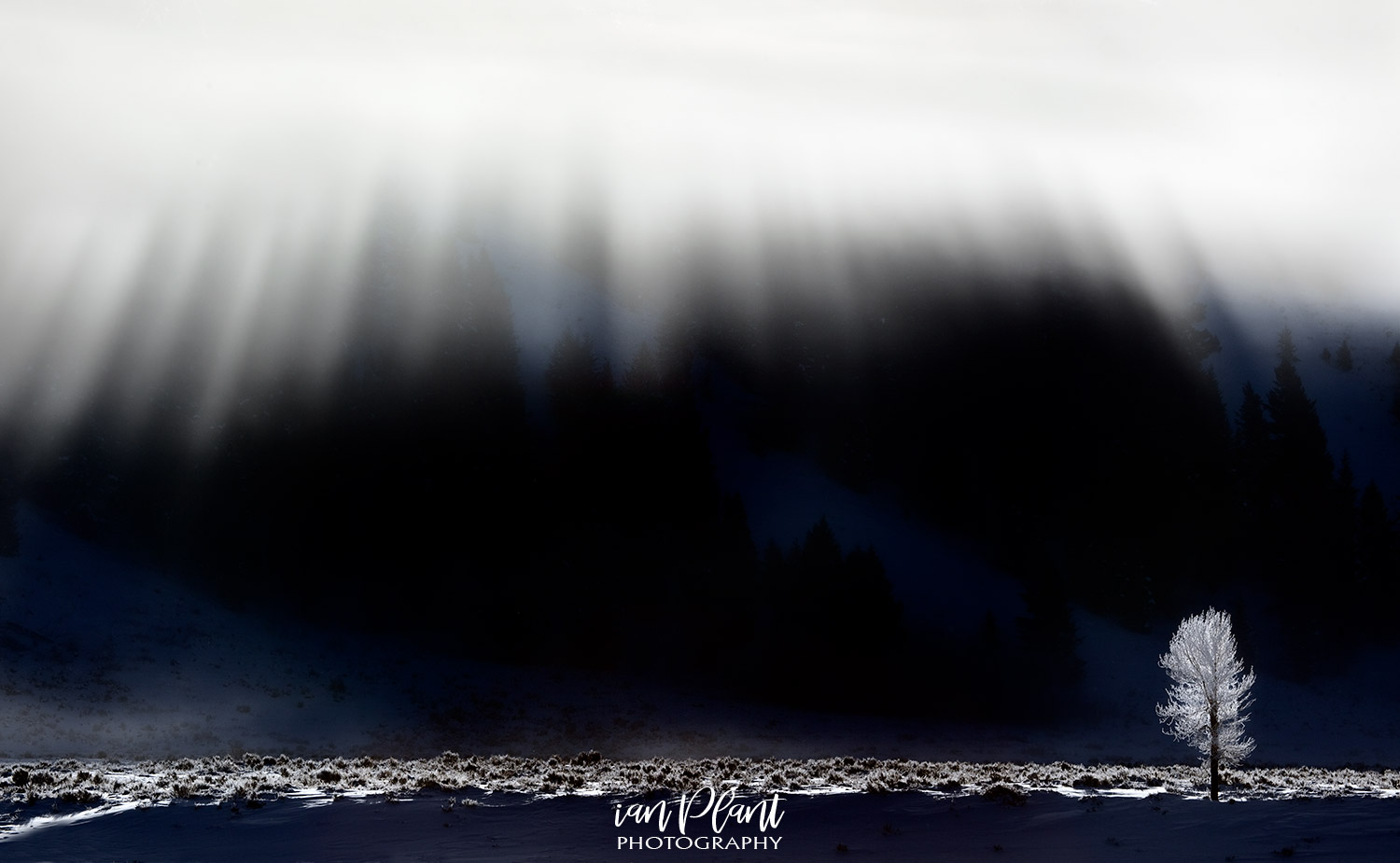
Stunning sunrises and sunsets
Okay, this one is probably fairly obvious: outdoor photographers love shooting beautiful sunrises and sunsets! The keys to great sunrises and sunsets are lots of clouds in the sky, but clear sky where the sun is rising or setting; even just a tiny opening in the clouds can be enough to let the light come pouring through, painting the clouds with brilliant color. Don’t just photograph the sky, however: include some other visual element, such as an interesting foreground, to enhance the composition.
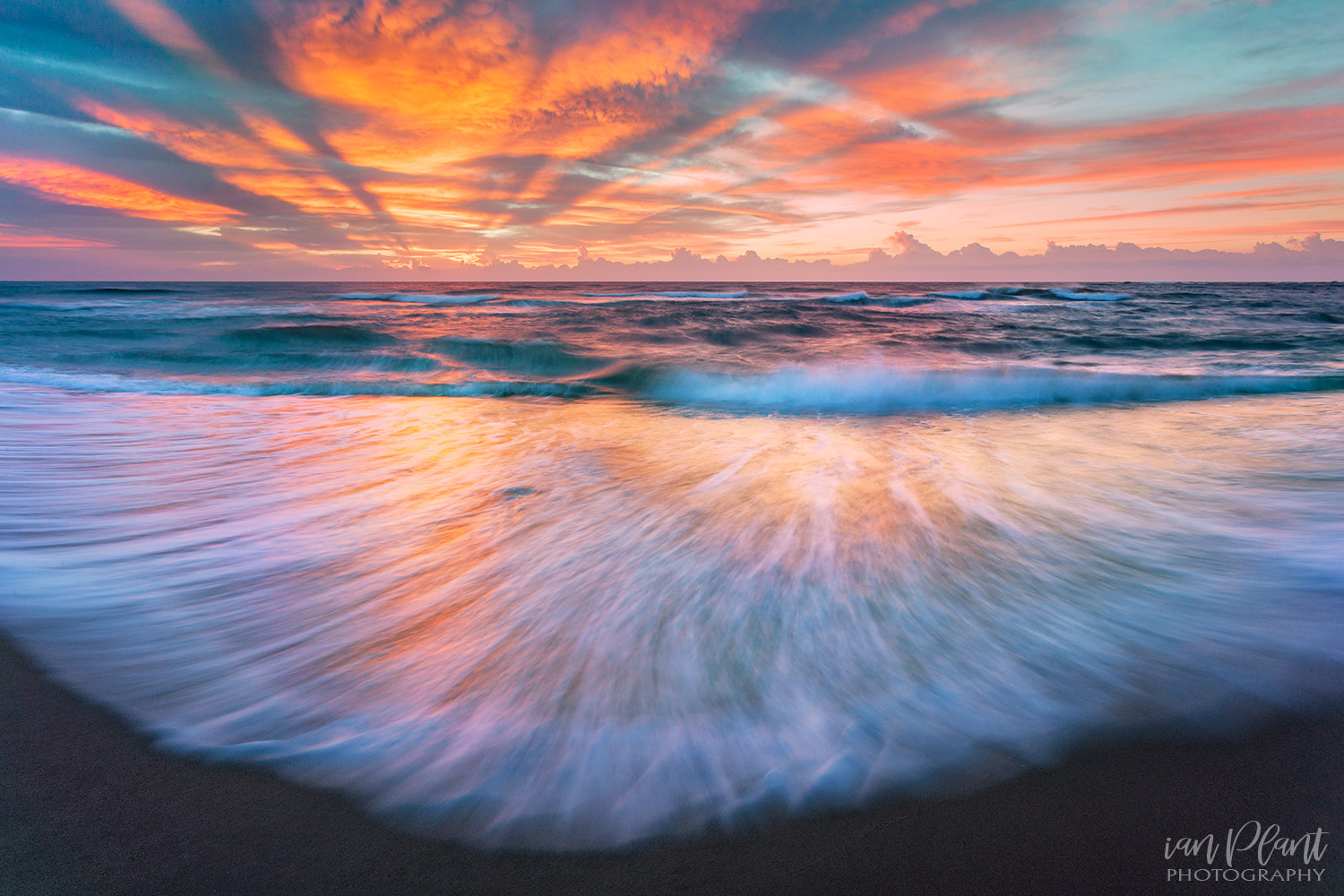
Sunbeams and scattered light
Known scientifically as crepuscular rays, and often called “godbeams”, sunbeams occur when sunlight passes through clouds or fog and is scattered. Sunbeams can occur in the sky, or wherever there is fog or mist to diffuse light, such as in a forest. Sunbeams can also form when light passes through dust or smoke. Sunbeams add an element of magic to an image, so always be on the lookout for these wonderful rays of light.
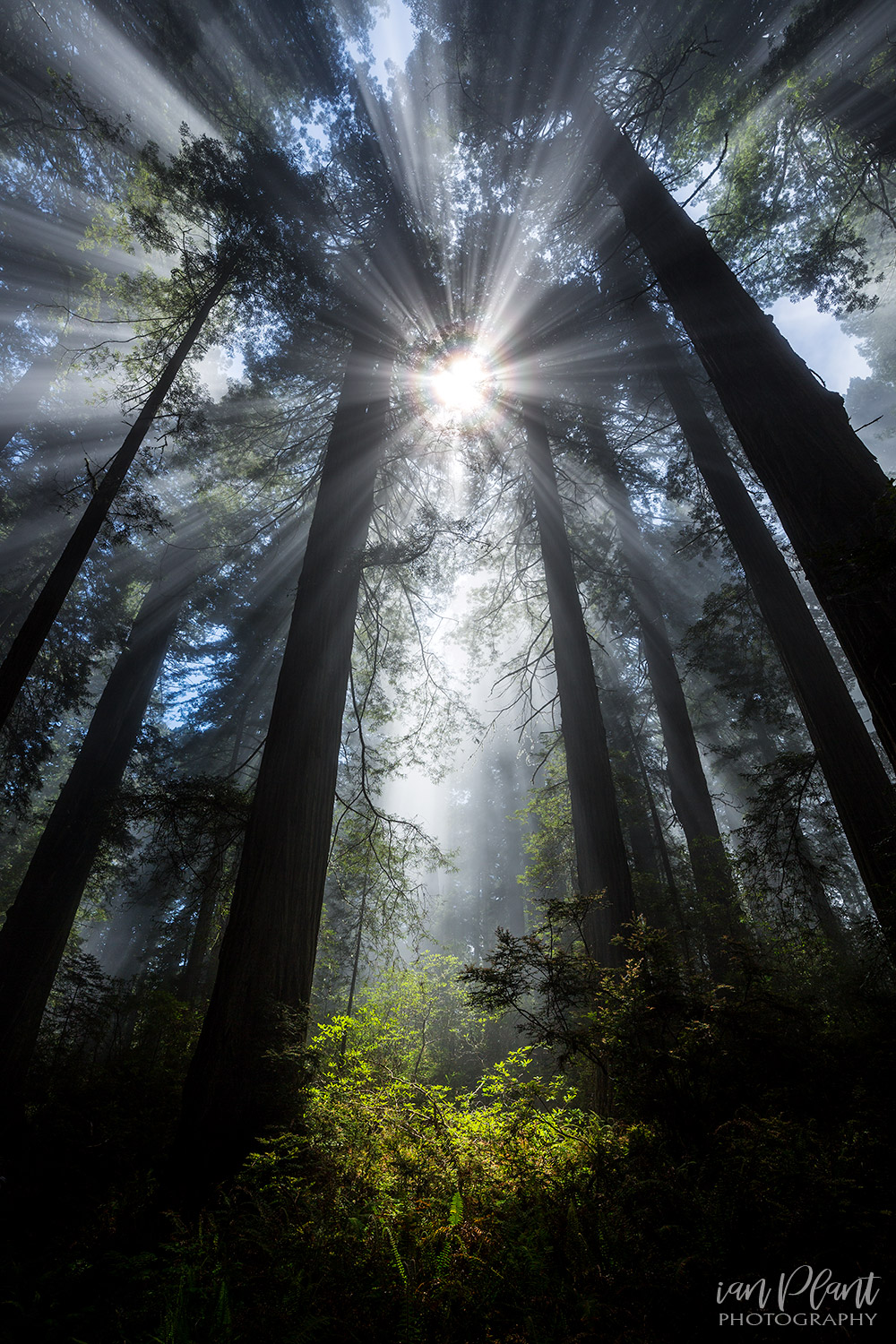
Atmospheric events
Sunbeams aren’t the only photogenic effect that results when light and water collide. Every outdoor photographers loves to photograph rainbows! A rainbow is a spectrum of light that forms when the sun shines onto droplets of moisture. Rainbows always form opposite the sun’s position. If it is raining nearby and you can see the sun, then chances are you’ll get a rainbow. Sometimes, a weaker secondary rainbow is seen outside the primary bow, if the primary bow is particularly bright; this second rainbow is a reflection of the first, and the two together are known as a “double rainbow.” Because it is a reflection, the colors of a secondary rainbow are inverted relative to the primary bow.
A polarizer filter can help make a rainbow look more intense. A polarizer is designed to remove reflections, so when you spin your polarizer filter, you might see the rainbow disappear—this is not the result you want! Keep spinning, and the opposite will happen—the rainbow will pop out from its surroundings with a color intensity not seen by the naked eye. Experiment with the polarizer, turning the filter until you get the most intense result.
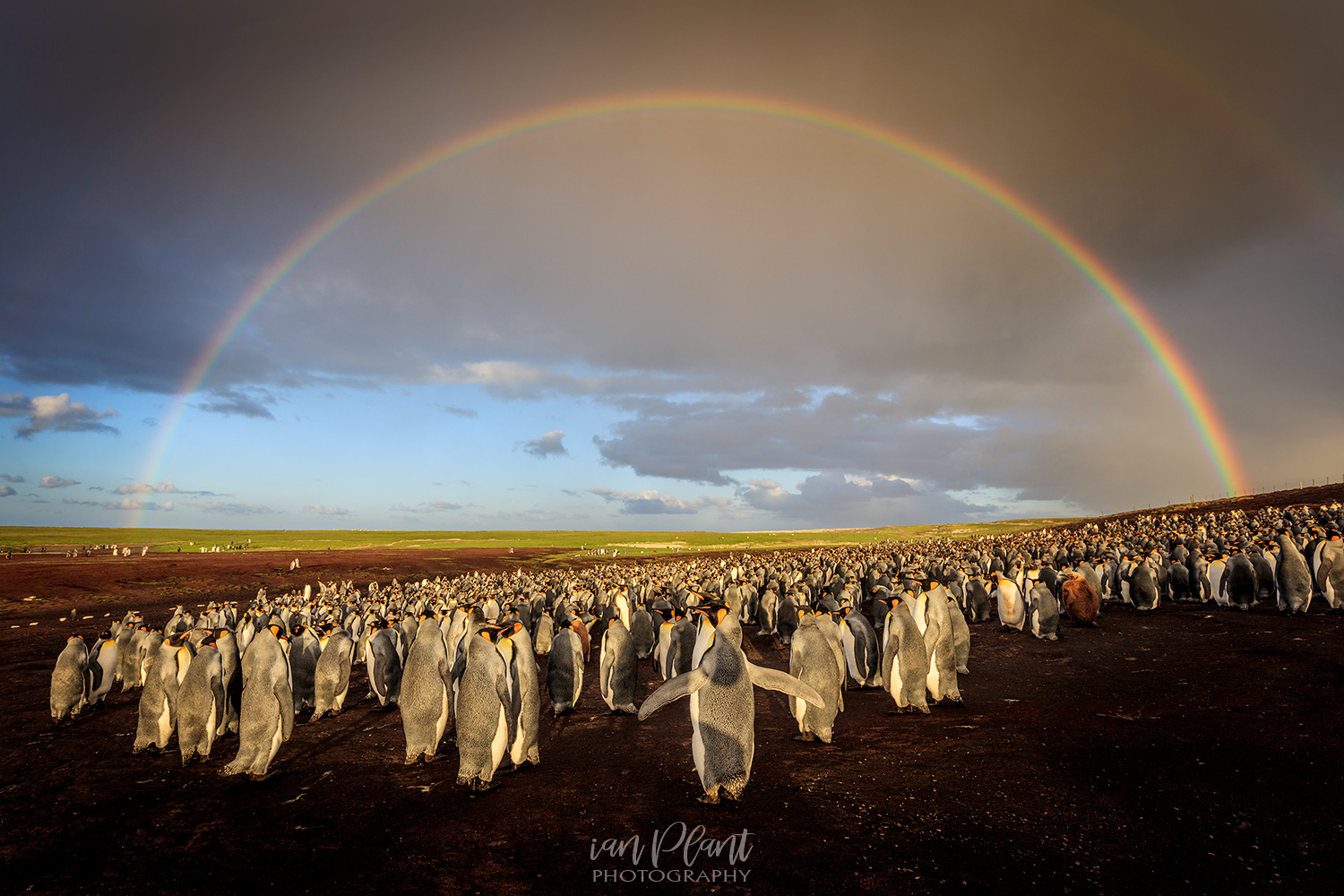
Shadows and light
The interplay of light and shadow can create interesting patterns and compositional shapes. A mix of light and shadows adds detail and texture to an image and can be used to create three-dimensional relief. I always keep an eye out for interesting shapes and color contrasts formed by shadows and light, especially early in the morning or late in the day.
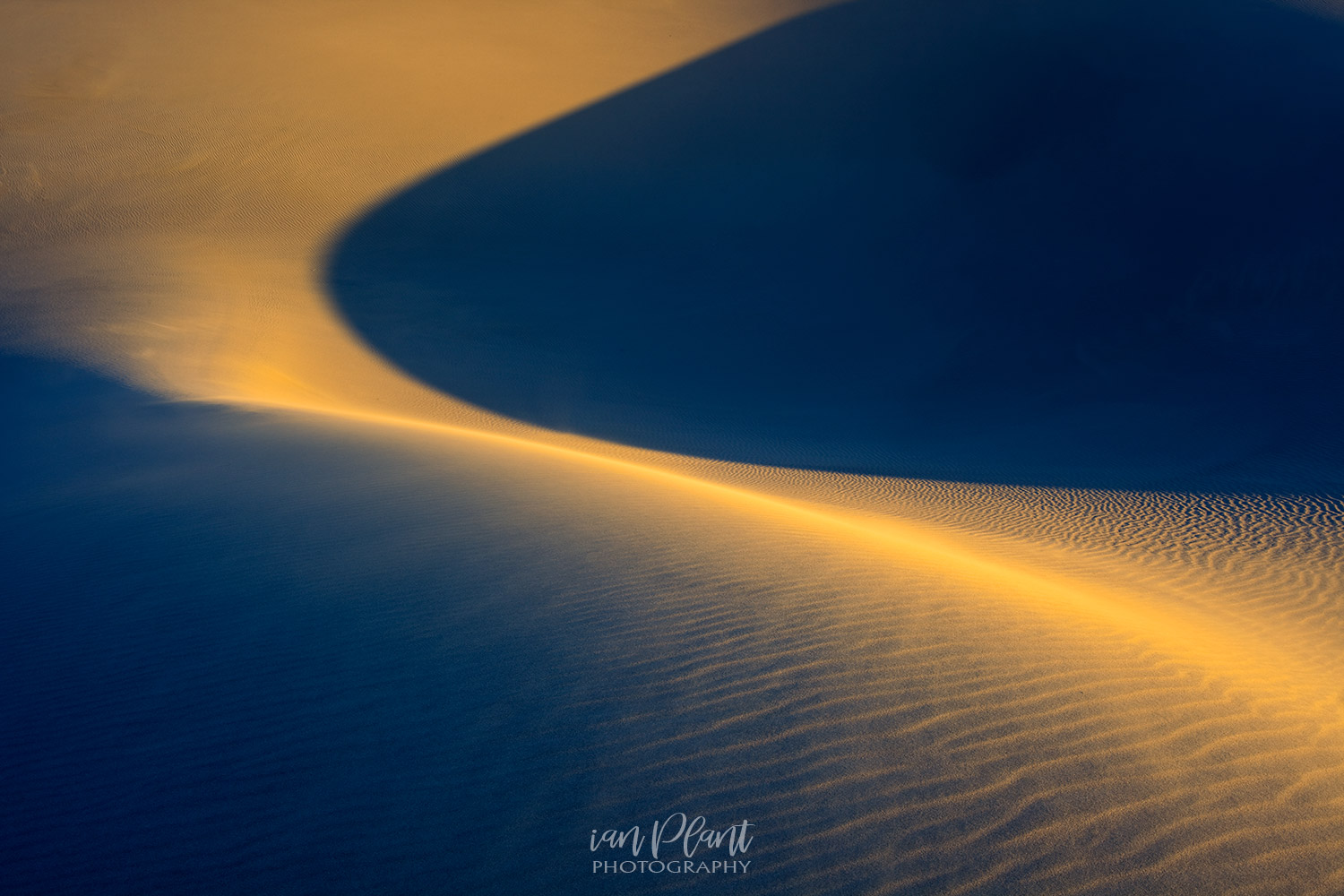
Reflected light
Reflected light is simply light cast by a reflection. When an object glows brightly enough, it will bounce that light onto other nearby objects. Reflected light can come from a variety of sources, including water, clouds, and the sky. Even rocks can create reflected light; for example, reflected light is what illuminates the dark interiors of deep sandstone canyons, giving them their famous glow. The effect is typically strongest during the middle of the day when the sun is high enough to illuminate rocks at the top of the canyon, which then bounce light onto the rocks in shadow below. This reflected light can often be very intense and colorful, and can create patterns of color that can be used as compelling subjects of your photo compositions.
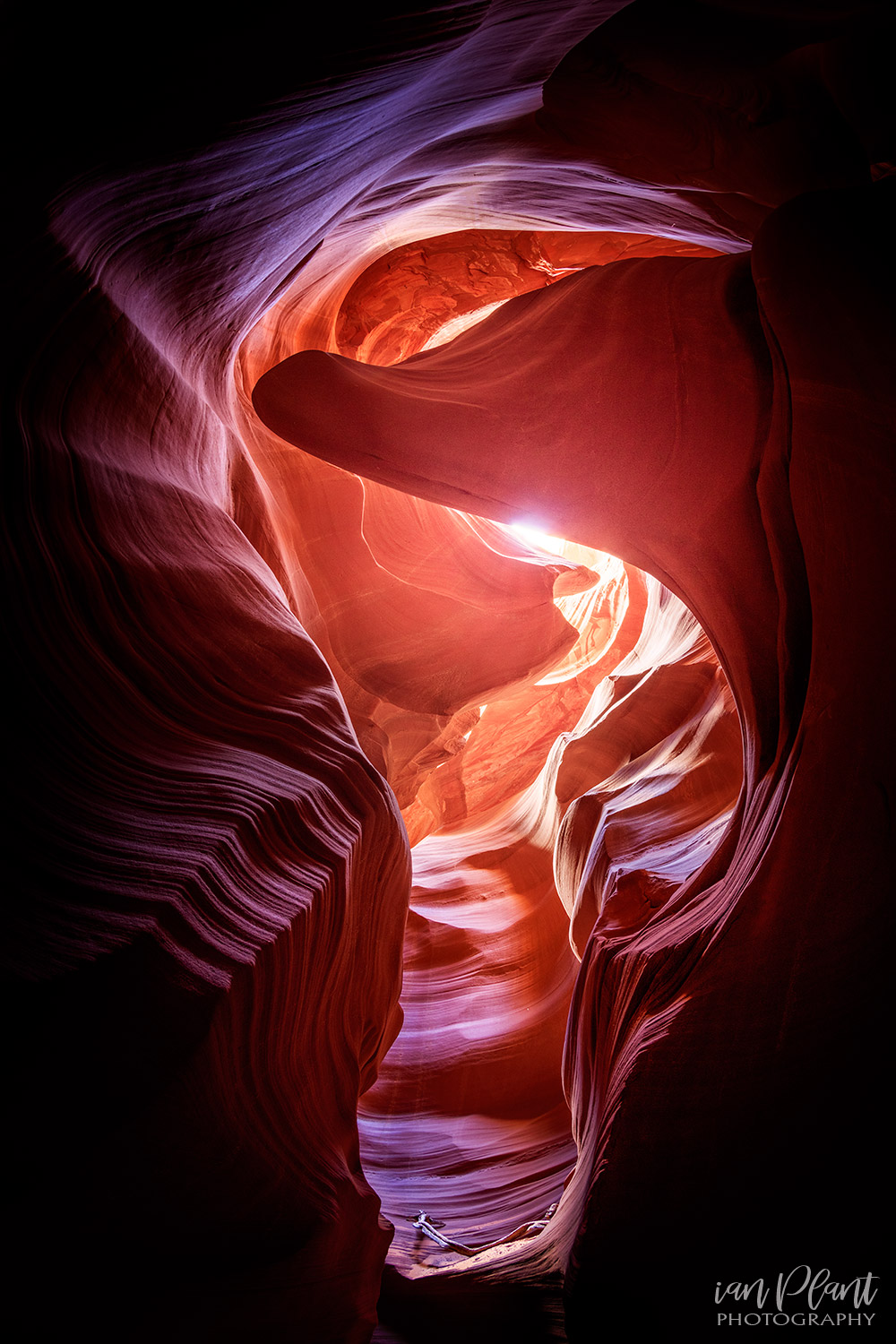
Conclusion
Light is always a critical element of every photograph, but when conditions are right, the light itself can take center stage. Always be on the lookout for opportunities for photographing light as your subject.
If you want to learn more about the creative use of light in photography, check out my ebook Chasing the Light.
About the author: Whether hanging over the rim of an active volcano, braving the elements to photograph critically-endangered species, or trekking deep into the wilderness to places most people will never see, world-renowned professional photographer Ian Plant travels the globe seeking out amazing places and subjects in his never-ending quest to capture the beauty of our world with his camera. Ian is a frequent contributor to many leading photo magazines, Managing Editor of Outdoor Photography Guide, a Tamron Image Master, and the author of numerous books and instructional videos. Known for his inspiring images and single-minded dedication to creating the perfect photo, Ian has reached hundreds of thousands of people around the world in his mission to inspire and educate others in the art of photography. You can see more of his work at www.ianplant.com.
Have something to add to the story? Leave a comment or email editor@outdoorphotographyguide.com.
Sign in to Outdoor Photography Guide
Enter your sign in info below


<strong> Ticket 21715 How do you prevent the sun from looking fake when photographing a sunrise?